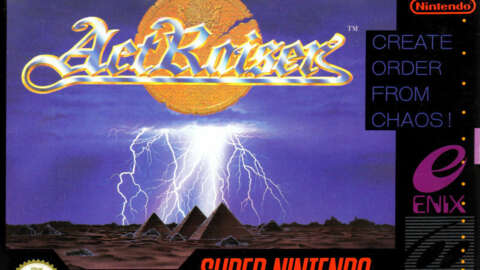You’ve heard of the Raspberry Pi, but the MiSTer is the real best-in-class retro gaming machine.
Here’s how to build one.
From humble RetroPie setups to the pricey Analogue Pocket, retro gaming boxes are big business these days.

Although it’s a hardcore machine, even the least technically inclined gamer can put it together.
And that’s not including fancy extras you might want to throw in, such as a snazzy case.
For me, it definitely was.

The two main parts of a basic MiSTer build are the DE10-Nano and the SDRAM add-on board.
you’re free to buy the SDRAM add-on board at storefronts like MiSTer Add-Ons, as we did.
You’ll need a USB Wi-Fi adapter, a microSD card reader, and a USB keyboard.

Since the DE10-Nano is not designed as a primary gaming gear, it only has one micro-USB slot.
As such, you’ll need a powered USB hub and a micro-USB-to-USB converter to plug it in.
For example, many MiSTer users recommend getting a heatsink and fan to cool the rig.

Putting it all together
The actual act of putting together a MiSTer is incredibly simple.
Then you oughta connect your HDMI cable, USB keyboard, and USB WiFi adapter.
Before turning on your MiSTer, you should installMr.

Fusionon the SD card with a disc-imaging software likeRufus.
This is essentially the software brains of the MiSTer.
Eventually, you should be able to set up internet via your WiFi adapter or an Ethernet cable.

Getting games onto your MiSTer is similarly straightforward.
If you already have a collection, we recommend simply putting the files on the MiSTer’s microSD card.
Leave the port to default, or enter “22.”

If you’re having trouble with this, we recommendJames Mackenzie’s guide.
8BitDo controllers tend to feature good D-Pads for a fair price.
Once you set up the MiSTer, it’s possible that you may notice input lag.

Got a news tip or want to contact us directly?
